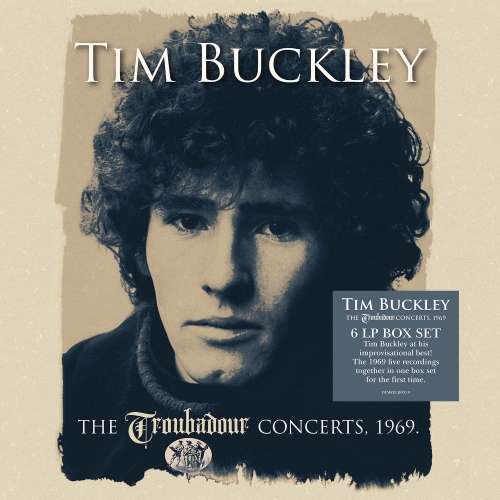

Beby-Face) and change some aspects of the character later on. I’m wondering if you could actually create a “base mesh” to capture your facial animations (e.g. the alien Han) to conform with the Apple blendshapes. I saw that you adjusted /created all blendshapes for different characters (e.g. Aaaaand I freakin’ love your acting – it really pushes your results and makes this whole project even more jawdropping!

It’s awesome to see what you are able to do with a relatively cheap Mocap-Setup (compared to others). I wish this was a more full blown tutorial on that process (Hopefully thats something i can do very soon) but in the meantime, I’m attaching a link to the apple blendshape set that you can use as a reference or to generate blendshapes for your own character.įirst off: Amazing work you’ve done here. They were not a drastic improvement over the make shift blendshapes I originally made but they definitely helped achieve a more natural look and act as a perfect starting point for creative augmentation. (starting with the most recent)Īlong this journey a super cool developer extracted and sent me Apples blendshapes used in ARKit which I used in Maya (using built-in deformers) to generate a fresh set of blendshapes for our beby character. Ĭheck out the previous tests for more info regarding the iPhone X capture process. Project bebyface is a series of tests I’ve been doing to find a fast pipeline for performance capture (Face and body) that we can use for our up and coming game Bebylon: Battle Royale.


 0 kommentar(er)
0 kommentar(er)
